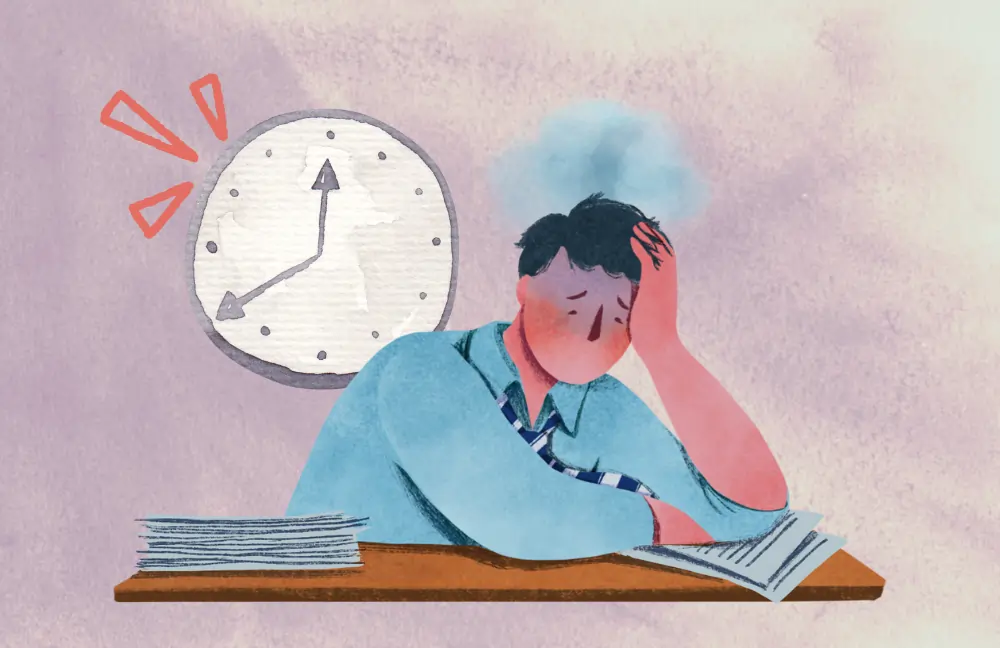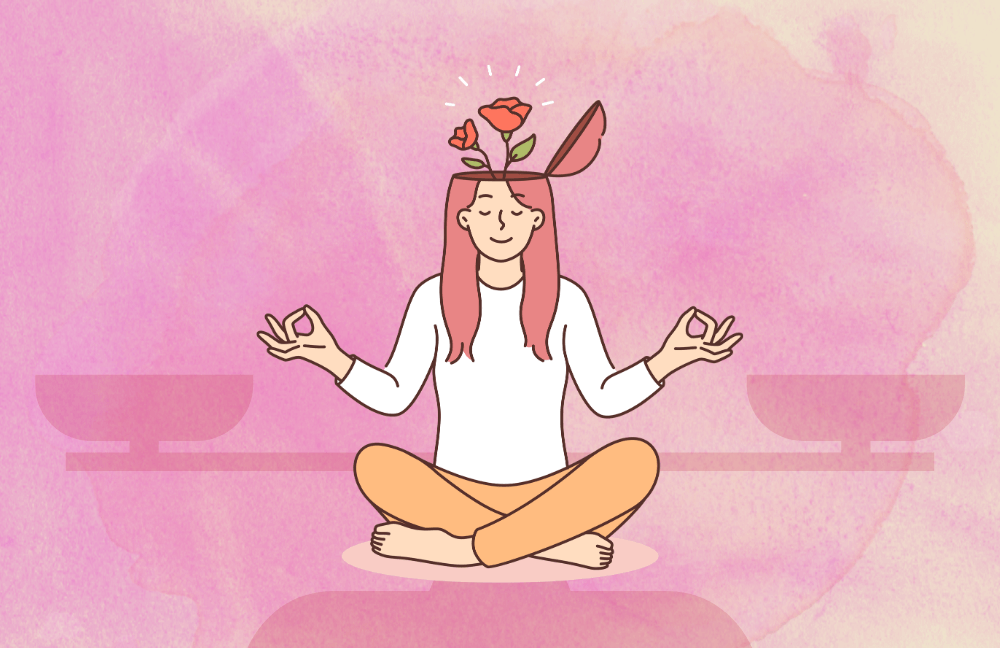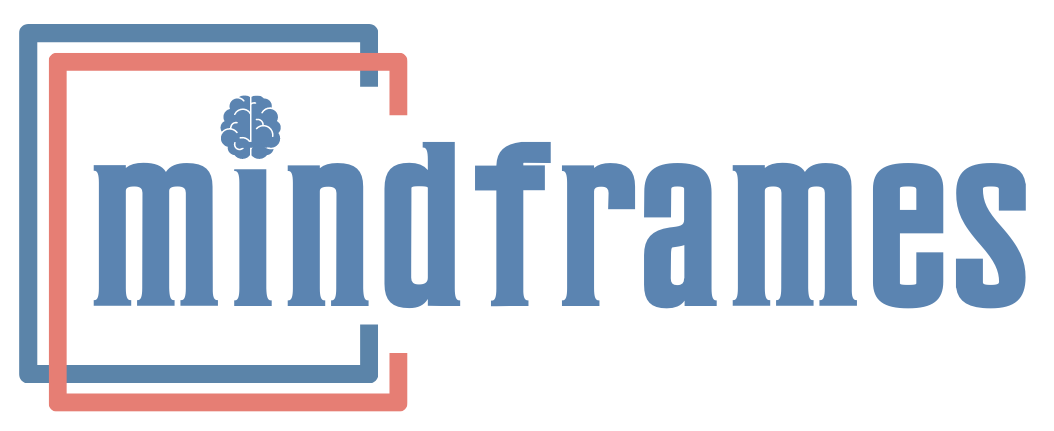Lifestyle and Stress
What are Lifestyle Diseases?
Lifestyle diseases arise from unhealthy choices people make about how they live their life. People usually look at health as an absence of active pain, disease or disability. However, health is truly a more holistic concept. Lifestyle disorders are even more serious than infectious and communicable diseases. They may be slow to evolve and take years before they show any symptoms. But once they surface, they are difficult to cure. And the interesting and unfortunate truth is, that until people endure the symptoms, they aren’t inspired to do anything about their faulty habits. Prior to the pandemic, by 2030, noncommunicable diseases (NCDs) or lifestyle diseases were projected to be the leading cause of death in every part of the world.
Some lifestyle diseases include obesity, lung disease, heart disease, hypertension, stroke, diabetes, cancer and sudden death. Depression, stress and anxiety qualify as lifestyle diseases too as they arise from life choices. Unlike infections and genetic disorders, these are not transmitted from one person to the other, so they are also known as non-communicable diseases (NCDs). The burden that these diseases pose, the toll they take on the quality of life and the ease with which they can be prevented, make them a bigger focus today – for individuals as well as governments and health authorities. We just need to know how to live a better life.

How Does Lifestyle Lead to Stress?
When our style of living is inappropriate, our body and mind are affected significantly. Everything becomes a stressor that supersedes our coping capacity. And our body is pushed to the ‘fight, fright, flight’ mode to protect itself. The foremost contributors include bad food habits, physical inactivity, inappropriate body posture, and a disturbed biological clock. The fast pace of life has diminished our capacity to fight stress and choose healthy lifestyle options. Hence the amplified the consumption of processed (comfort) foods, permitted odd meal timings (time mismanagement) and facilitated mindless (emotional) eating. All of this contributes to obesity, diabetes, hypertension and heart disease.
Technology addiction has glued all eyes to mobile phones and laptop screens, worsening glaucoma and vision errors. Neck and back muscles are in constant strain and hence the resultant pain, fatigue and exhaustion. People take their cars to the doorstep of the office and sit at the desk for hours without any physical movement, that can otherwise assist blood circulation. Those working in night shifts witness a disturbed body clock and hence insomnia, indigestion, hypertension, acidity, loss of appetite, irritability, mood fluctuations and body pain. The mind is in constant flux and stress. And the body is paying for it.
Lifestyle Disorders: Fact 1
Lifestyle Disorders: Fact 2
Lifestyle Disorders: Fact 3
Lifestyle Disorders: Fact 4
Who is at Risk for Lifestyle Diseases?
Competitiveness
Time Mismanagement
Hostility
Perfectionism
Lifestyle and Stress Management with Dr Shefali
Lifestyle disorders are outcomes of wrong choices. Neural plasticity insists that our brains and bodies change from the cradle to the grave. It’s never too late to start afresh and make right choices now, to slowly reverse the damage caused by the wrong ones. At MindFrames we offer sustained and supportive guidance, and believe healing from stress is attainable. As a psychiatrist and psychotherapist practicing distinctive therapies, Dr Shefali guides you through cognitive, mindfulness and neurobehavioral milestones to help you think, feel and behave more purposefully.
Mindfulness in Stress
- Change negative perceptions about life
- Reduce the emotional hyper-arousal
- Identify irrational worrisome thoughts
- Defy distorted and fretful perceptions
- Analyze the causes of wrong choices
- Transform inability into powerfulness
- Fight worthlessness, build self esteem
- Inculcate logical problem-solving skills
Mindfulness Outcomes
- Enhanced tolerance to frustration
- Greater resilience and stress coping
- Stress and worry trigger monitoring
- Better social networking and support
- Optimized life skills and better choices
- Reclaimed self-confidence/ esteem
- Realistic incentives for transformation
- Awareness of negative automatisms
Avoiding drugs of abuse, eating healthy and on time, reducing stress, daily exercise, yoga and meditation; are all well researched techniques that are projected to enhance longevity and quality of life. Clean living is not impossible. It’s just that the finer details are effortful. Build your motivation. And let us help you with a structured guidance and wellness coaching protocol.
By identifying negative thinking patterns, you begin to see the damaging impact of bad choices more realistically and feel motivated to make better selections. The net result is an optimistic view to life, a calmer mood state, with fulfilling and healthy lifestyle alternatives.
If heredity deals you a set of cards, your lifestyle determines how you play with those cards. Your choices can reshuffle the whole deck too. After which, you can hit the jackpot of health.




References
- Allen, L., (2017). Are we facing a noncommunicable disease pandemic? J Epidemiol Glob Health;7(1):5-9.
- Toebes, B., Hesselman, M., van Dijk, J. P., & Herman, J. (2017). Curbing the lifestyle disease pandemic: making progress on an interdisciplinary research agenda for law and policy interventions. BMC international health and human rights, 17(1), 25.
- Sharma, M., & Majumdar, P. K. (2009). Occupational lifestyle diseases: An emerging issue. Indian journal of occupational and environmental medicine, 13(3), 109–112. WHO Projections of mortality and burden of disease to 2030 (Geneva: 2007).
Latest Posts

7 Reasons Why You Should Seek Therapy

5 Time Wasters You Need to Overcome

5 Signs you have no work life balance

Work and Life: What is the right balance?


